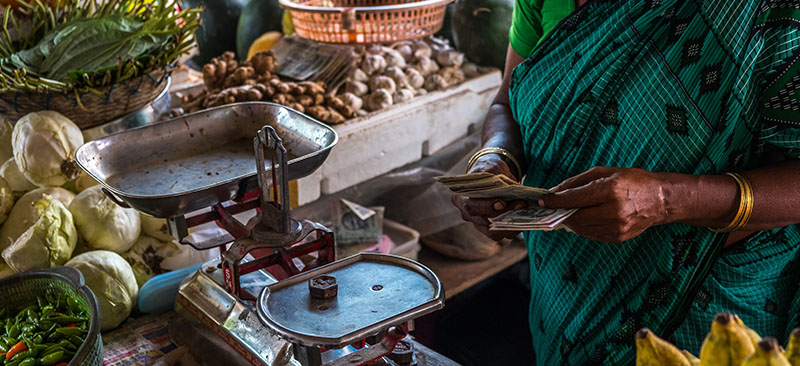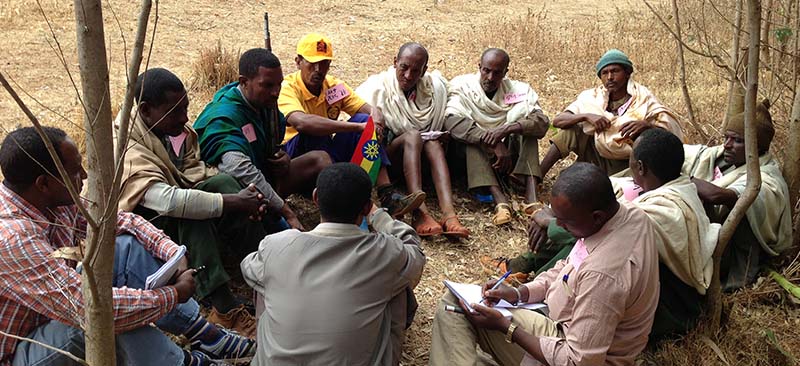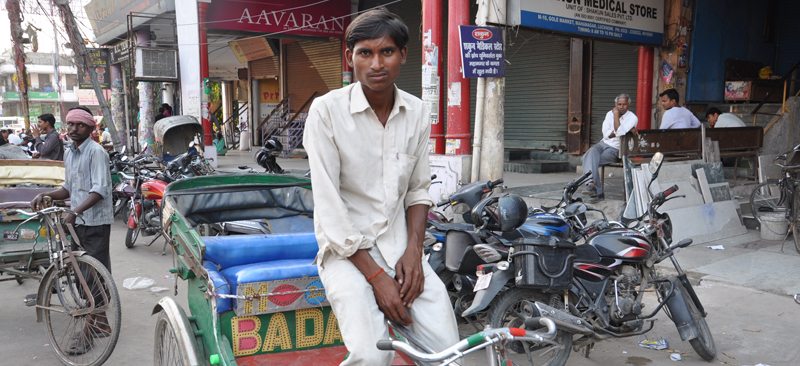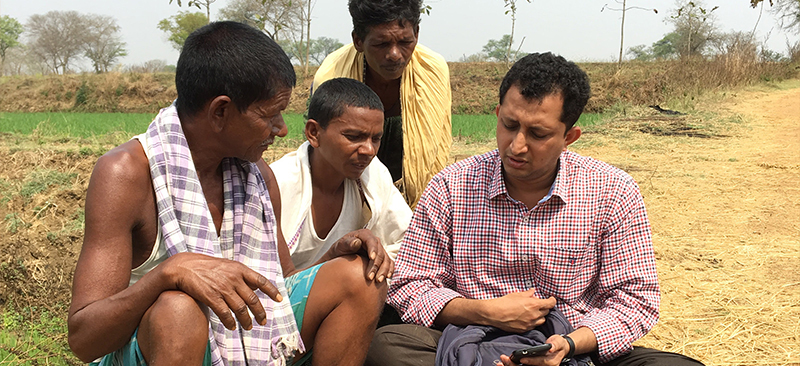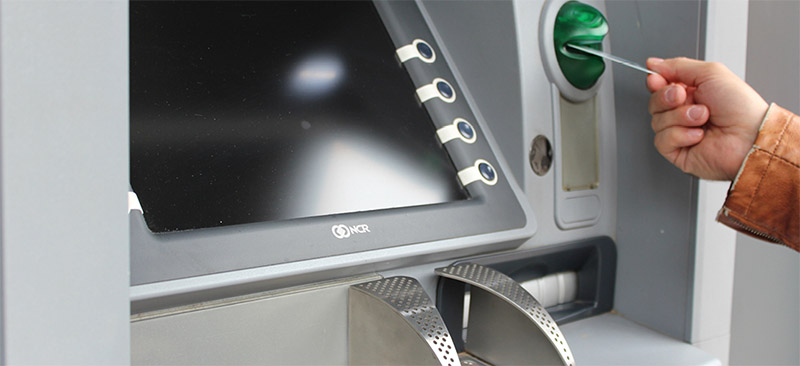MicroSave’s study on Deposit Assessment in India details the needs and preferences of micro-savings clients to support the development of client-responsive products and delivery processes.
Blog
Business correspondent models in Bihar – Constraints and way forward
The study was conducted to improve the current body of knowledge around the status of the BC model in Bihar, to provide recommendations to improve the effectiveness of the model and to offer inputs to policymakers.
Understanding the Re-birth of Equity Building Society in Kenya
This study report starts with Equity Bank’s market and how that translates into a product range and delivery system. It also addresses the issues related to the ownership and governance of the organisation. It further surges ahead in various aspects of management, as the governance level directs and focuses the institution while the management level is needed for implementation. It also measures the management and institutional performance of the bank. This report also relates to human resource issues and how these can contribute to success.
G2P for Financial Inclusion: A Job Half Done
Direct Benefit Transfer program was thought to be effective method of achieving goal of financial inclusion. Its effectiveness was thought to be an outcome of necessity of making payments to individual bank accounts and also because of regularity of payments. However, due to operational issues its progress does not inspire much hope. At best DBT as tool of financial inclusion is a job half done.
Is There a Magic Stick to Manage Delinquencies?
Delinquency is a systemic issue in microfinance institutions, once it is detected a through system review is needed. There are few quick measures which can give immediate relief, if problem is detected at an early stage. However, system overhaul is essential to find long term solution. This video talks about general perception of MFIs regarding Delinquency Management and MSC’s experience working on Delinquency Management with one of its client in Sri Lanka.
Meeting the Challenge – The Impact Of Changing Technology On MicroFinance Institutions (MFIs)
The conventional banks rarely provide banking services to the low income segment due to high costs associated with it. However, technology has resulted in lowering down the costs per transaction, and thus impacted the banks to consider the options of servicing the low income segment. This note talks about the gains from various technologies such as ATMs, plastic cards, mobile phones, used by the present banking system to serve the people belonging to lower income strata.The conventional banks rarely provide banking services to the low income segment due to high costs associated with it. However, technology has resulted in lowering down the costs per transaction, and thus impacted the banks to consider the options of servicing the low income segment. This note talks about the gains from various technologies such as ATMs, plastic cards, mobile phones, used by the present banking system to serve the people belonging to lower income strata.
